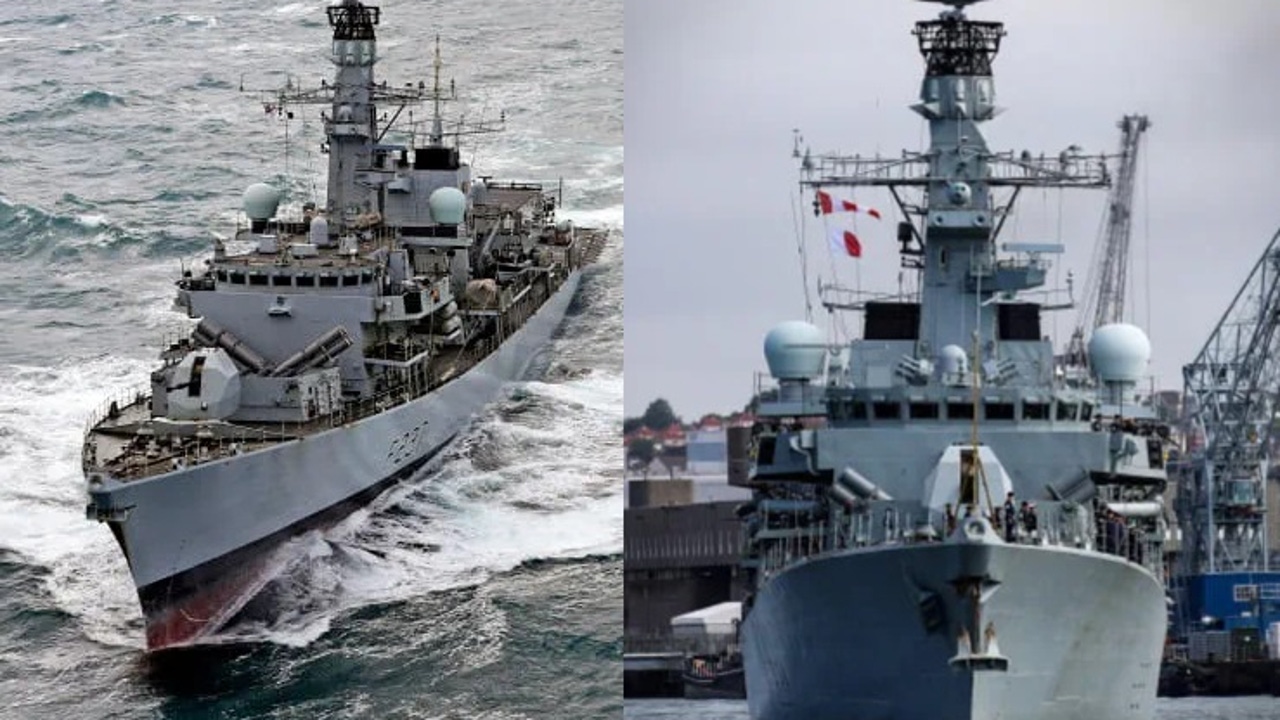Problems continue for the UK Armed Forces, and more specifically for the Royal Navy, which, after recent failures with its aircraft carriers and other mishaps, has now been forced to withdraw two Albion-class battle frigates from service ahead of serious shortages. Of sailors, as reported by several British media.
The decision came after an attempt to combine the crews of the two ships and form a full crew, but even then, it was not possible to achieve a sufficient number of sailors to deploy them in the Red Sea, amid an enhanced protection presence. Civil maritime transport.
And for this reason, It was decided to withdraw the ships from active service until it would be possible to recruit a sufficient number of crew members. These are HMS Westminster and HMS Argyll, two Type 23 frigates. Which, in fact, was recently redesigned. In the case of HMS Westminster, in 2014 it underwent an extensive redesign that modified its main armament, including the Sea Ceptor class surface-to-air missile system. With twice the range of the legacy missile system, the Sea Ceptor makes this ship “better equipped than ever to meet the challenges of 21st century warfare,” as described on the Royal Navy’s website. However, it has now been decided for her retirement, which will take place in 2024.
British government sources reported by the Daily Telegraph newspaper explained this They justify dismantling the ships, stressing that it is “the right decision,” because they are old. They explained that “the new Type 26 frigates will be in service before these ships are refurbished,” without delving into the real problem of the British Armed Forces, which is the shortage of personnel.
According to what was reported by Sky News. The British Navy was suffering from a serious decline in recruitment, and had reached a situation described by military sources as a “general collapse.” In the influx of new recruits into the service. In fact, there is a staff shortage of up to 35% in some areas, which can be attributed to several factors, such as errors in data analysis to aid recruitment, and the government's inability to guarantee armed forces pay increases over the past two years. In accordance with inflation and serious problems to avoid the “escape” of already recruited people, in case there are more casualties than additions.
Between July 2022 and July 2023, the Royal Navy's workforce was reduced by 4.1%. (1,640 more people left than were hired). The difference between new sailors and those leaving continues to grow If numbers are allowed to fall by 4% a year, HMS Westminster and HMS Argyll may not be the last ships to be withdrawn from service due to personnel shortages.. Indeed, Royal Navy sources think so If the situation does not change, they will not even be able to fulfill their basic obligations in international missions.
The same problem is faced by other surface ships undergoing long-term repairs, during which time the number of crew members decreases due to the expiration of the contract and changes in specialization.
In addition to the Navy, there is also the problem of personnel shortages in the ground and air forces, which raises questions about the combat capability of most units.
Thus, of the 32 infantry battalions of the British Army, only three are currently fully operational. Something similar is happening with the Air Force, which has a severe shortage of young pilots interested in serving for more than 10 years.





